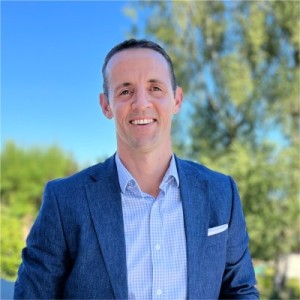- Video Library
- Paul G. Mead Presents CorFlow at LSI USA ‘23
Paul G. Mead Presents CorFlow at LSI USA ‘23

Paul G. Mead
Paul brings close to 20 years of operational experience in medtech working for Medtronic, across multiple functions including sales, marketing, business development and cross-functional P&L leadership. Paul has led teams to successfully commercialize products across the fields of interventional cardiology (coronary for > 14 years), radiology, peripheral, aortic, hypertension (renal denervation), and embolization. Paul’s direct geographical experience includes the USA, Asia Pacific, Europe, Middle East, Africa and Russia at the Vice President level. Prior to CorFlow, Paul held a COO position at a small cap publicly traded medtech firm based in Switzerland. He has an MBA from University of California Haas School of Business and a degree in Economics from the University of Michigan.
Paul G. Mead
Paul brings close to 20 years of operational experience in medtech working for Medtronic, across multiple functions including sales, marketing, business development and cross-functional P&L leadership. Paul has led teams to successfully commercialize products across the fields of interventional cardiology (coronary for > 14 years), radiology, peripheral, aortic, hypertension (renal denervation), and embolization. Paul’s direct geographical experience includes the USA, Asia Pacific, Europe, Middle East, Africa and Russia at the Vice President level. Prior to CorFlow, Paul held a COO position at a small cap publicly traded medtech firm based in Switzerland. He has an MBA from University of California Haas School of Business and a degree in Economics from the University of Michigan.

17011 Beach Blvd, Suite 500 Huntington Beach, CA 92647
714-847-3540© 2025 Life Science Intelligence, Inc., All Rights Reserved. | Privacy Policy







